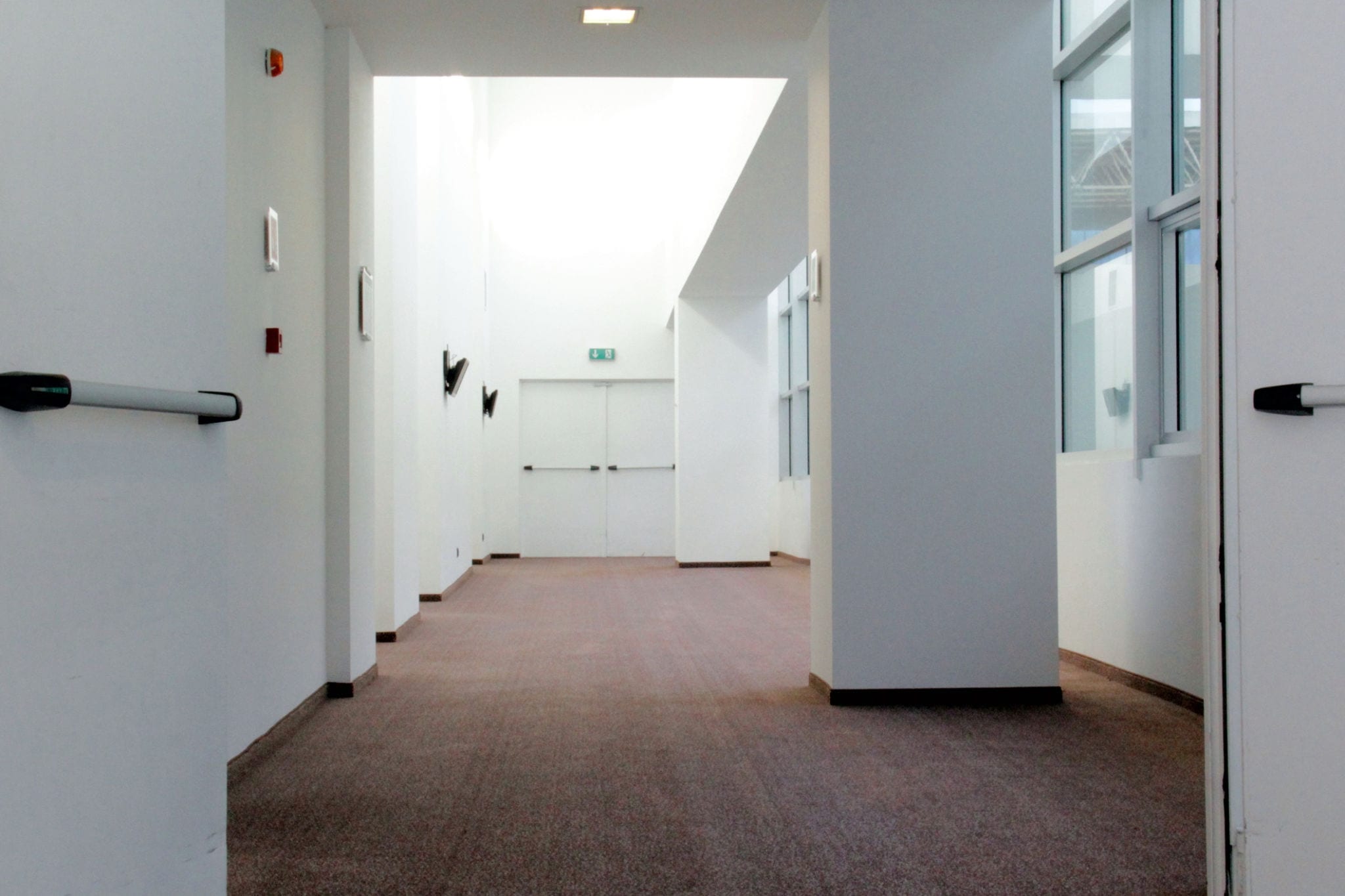NFPA 80 & 105: What is a “Qualified Person”?

Subscribe to our Blog
I would be willing to bet that anyone that works in jurisdictions that have adopted the 2009, 2012, or 2015 edition of NFPA’s Life Safety Code® are starting to become more aware of the annual requirement to inspect and maintain fire doors. Likely, your Fire Marshal or other Authority Having Jurisdiction has started to hone in on the importance of fire doors and barrier compliance. For those working in healthcare facilities, the Joint Commission and CMS started including door inspections as part of their requirements for compliance some years ago and in these facilities, we’ve seen a significant uptick in the maintenance and inspection of swinging fire doors. Non-healthcare occupancies such as commercial, education, and hospitality facilities have historically struggled more than their healthcare counterparts staying up-to-date with local codes and standards. Fortunately, in the past few years, there has been a huge shift in how safety is viewed within organizations. Many organizations are now adopting a prevention-based approach but are learning that the cost of hiring a third party inspection company to perform the inspection is creating a constraint on facility budgets. More organizations are focusing on employee training and education by actively evaluating advanced products and technologies to meet their safety objectives. In other words, they’ve learned that if they bring the inspections in-house, they can save substantial dollars, stay in compliance with local codes and standards, and keep their facilities safer for their occupants.
NFPA 80,101 and 105
A little back story here…NFPA 101 has required fire door assemblies to comply with NFPA 80 for years. The 2009 edition of NFPA 101 references the use of the 2007 edition of NFPA 80, which requires the annual inspection of swinging fire doors. The Standard goes into specific requirements that apply to new and existing swinging (and rolling) fire door assemblies. New editions of NFPA 80 in 2010, 2013, and 2016 really fleshed out the requirements for yearly inspection and testing of fire door assemblies. For example, the inspection and testing is required to be performed by a “qualified person”
NFPA 80 defines qualified person as a “person, who by possession of a recognized degree, certificate, professional standing, or skill, and who, by knowledge, training, and experience, has demonstrated the ability to deal with the subject matter, the work, or the project.”
Now, this prompts some serious questions as a decision maker for your organization: Does your facility staff inspectors have the knowledge and understanding of fire door assemblies to serve as the “qualified person” to perform the inspections, as required by NFPA?
The importance of the right fire safety training
The importance of fire safety training cannot be overstated in the world of facilities management. Where life safety is at risk, ensuring that the fire safety systems in any given commercial building or healthcare occupancy is in proper working order should be the ultimate top priority. When a catastrophe breaks out in a building that holds occupants, especially those that are unable to egress on their own due to health issues such as a hospital or nursing home, they expect and deserve the very best in terms of facility safety.
The purpose of our training is to ensure that we, as facility personnel, engineers, maintenance professionals, fire safety specialists and facility contractors, can provide the very best service possible to the communities that we live and work in. We accomplish this by providing you consistent, ethical and quality online training for you and your staff. The overall goal in training should be to support the services and inspection types that your facility needs to operate safely. Training helps you provide those services in a safe, efficient, and effective manner. Safenetix can get you there.

Swinging Fire Door Inspection Training
With this online swinging fire door inspection training, each course graduate should be able to inspect fire listed swinging type fire door assemblies to the NFPA 80 standard and produce appropriate documentation as proof of inspection. This course also covers an overview of how to read Life Safety Drawings and additional information about Performance Based Inspections.





